What is a Cohousing Community?
Cohousing is a form of independent living that involves an intentional community. Cohousing community residents live in private homes clustered around shared space. They earn independent incomes and lead private lives, but are actively involved in community design and operation and share common facilities. Their intent is to be more connected with neighbors.
Neighbors in cohousing communities collaboratively plan and manage community activities and shared spaces. The legal structure is typically a homeowners association (HOA), condo association, or housing cooperative. Community activities feature regularly scheduled shared meals, meetings, and workdays. Neighbors gather for parties, games, movies, or other events. Cohousing makes it easy to form clubs, organize child and elder care, and carpool.
Cohousing Community Features
A large “common house” containing a kitchen, dining room, living room, and kids’ area is a typical cohousing shared space feature. Often cohousing residents take turns in small groups preparing meals for the whole community, and everyone dines together, which engenders “communitas,” or spirit of community. Potluck dinners are also common. Some communities dine together daily, others less frequently. The common house is also used for celebrations, large events such as wedding receptions, entertainment, theatrics, seasonal traditions, meetings, and more.
Other common shared spaces include laundry rooms, guest rooms, workshops, and recreational areas. These shared spaces facilitate residents having smaller residences. The common house kitchen is stocked with appliances that most people use only occasionally. The shared guest room(s) eliminate the need for a guest room in each home. You do not need room for a separate washer and dryer unless you want them. Space devoted to seldom-used toys for grandchildren is no longer needed.
Outdoor shared spaces include areas for gardening, recreation, and gathering. Clustering the homes increases the amount of land available for shared use. Walkways, parking, and open space also comprise outdoor shared space. Aside from shared spaces, neighbors also share resources like children’s play and climbing equipment, barbeques, ladders, tools, wheelbarrows, and lawnmowers.
Community Set-up
Each cohousing community is planned in a given context, and its design and location are geared to the needs and values of its residents and the characteristics of the site. Cohousing can be in cities, suburbs, or rural areas. The housing is typically compact and varies from low-rise apartments, to townhouses, to clustered detached homes. Each dwelling unit has traditional amenities, including a private kitchen. The cohousing model recognizes that privacy in your own home helps to support community life.
Community layouts tend to be pedestrian-friendly, keeping cars to the periphery to promote walking through the neighborhood, interaction with neighbors, and safety for children and pets. Some communities even cover some of their walkways to encourage outdoor interaction even in inclement weather.
While many cohousing communities are newly built and may include retrofitting and reusing existing structures, some communities involve retrofitting whole neighborhoods by buying adjacent properties, tearing down fences, and erecting common amenities such as Common Houses after the fact. Urban communities often redevelop “brownfields” and choose locations near mass transit lines.
Cohousing Communities Versus Other Types of Intentional Communites
Unlike some other types of intentional communities, cohousing residents do not have a shared economy or common set of beliefs or religion. Instead, they strive to create a socially rich and interconnected community. Residents typically employ a non-hierarchical, consensus-based decision-making model for managing the cohousing community. Individuals assume leadership roles for such activities as facilitating meetings and coordinating activities.
Common Characteristics of Cohousing Communities
The Cohousing Association of the United States identifies the following common characteristics of cohousing communities:
- Relationships:
- Neighbors commit to being part of a community for everyone’s mutual benefit;
- Cohousing cultivates a culture of sharing and caring;
- Design features and neighborhood size (typically 20 to 40 homes) promote frequent interaction and close relationships.
- Balancing Privacy and Community:
- Co-housing neighborhoods are designed for privacy as well as community;
- Residents balance privacy and community by choosing their own level of engagement.
- Participation:
- Decision making is participatory and often based on consensus;
- Self-management empowers residents, builds community, and saves money.
- Shared Values:
- Cohousing communities support residents in actualizing shared values;
- Cohousing communities typically adopt green approaches to living.
Where to Find a Cohousing Community
You can locate existing communities or get help starting a new one at cohousing.org. This is the website for The Cohousing Association of the United States.


 Personal Development Goals
Personal Development Goals
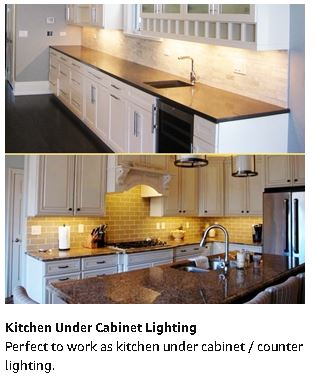
 Bedrooms Designed for Aging in Place
Bedrooms Designed for Aging in Place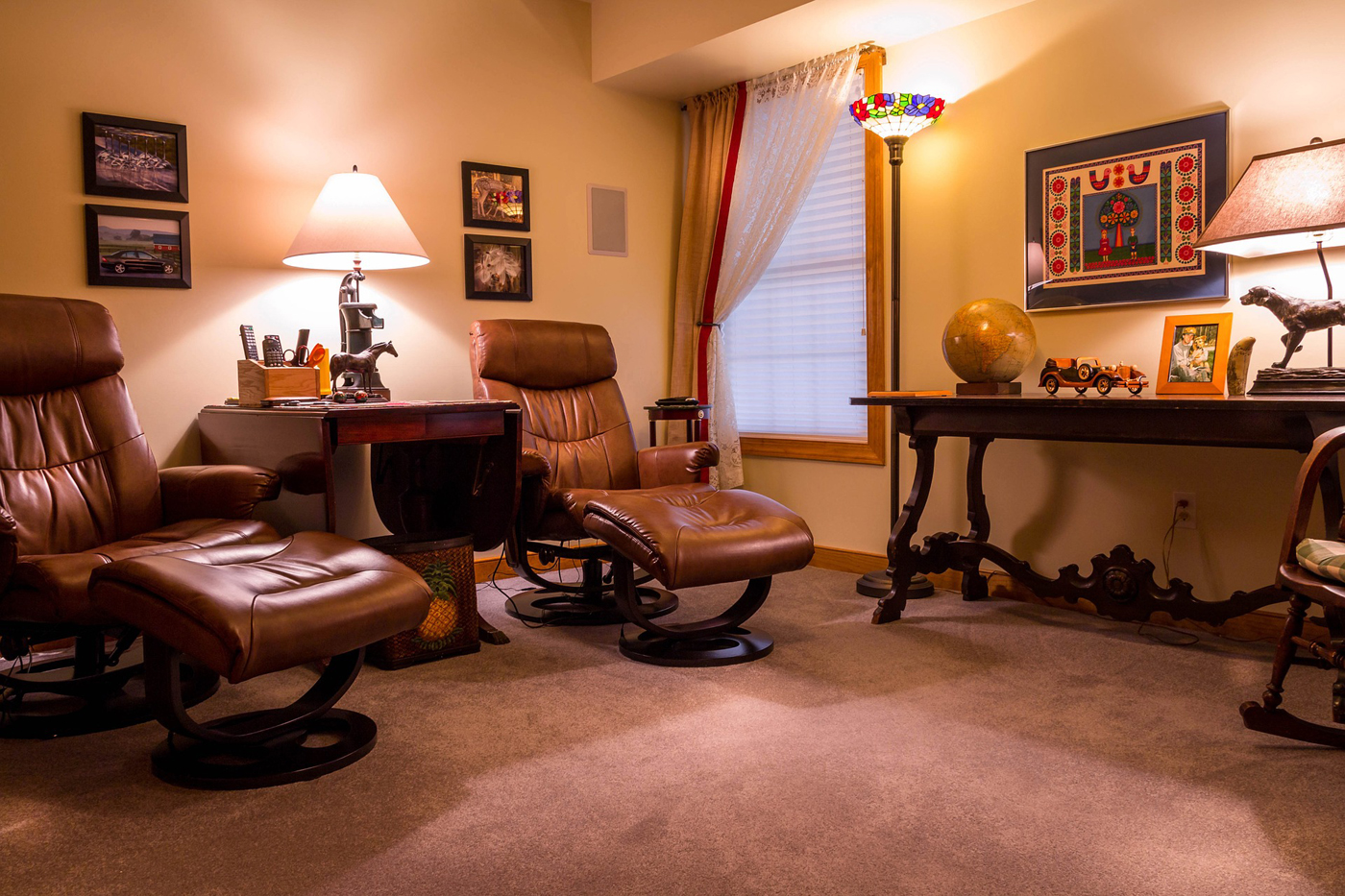 Furniture
Furniture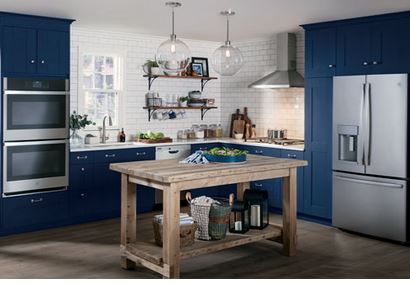 Kitchens Designed for Aging in Place
Kitchens Designed for Aging in Place Lighting and Light Switches
Lighting and Light Switches
 Assisting With Functional Mobility
Assisting With Functional Mobility Bath and Shower Mobility Aids
Bath and Shower Mobility Aids Bedroom Mobility Aids
Bedroom Mobility Aids Assisting with Personal Grooming and Hygiene
Assisting with Personal Grooming and Hygiene Caring for Someone With Incontinence
Caring for Someone With Incontinence Helping People To Cope with Alzheimer’s and Dementia
Helping People To Cope with Alzheimer’s and Dementia Helping With Bill Paying
Helping With Bill Paying Home Cleaning Services
Home Cleaning Services Offering Companionship
Offering Companionship Providing Medication Reminders
Providing Medication Reminders Providing Transportation
Providing Transportation Running Errands
Running Errands

 Burn Care
Burn Care Mental Health Rehabilitaion
Mental Health Rehabilitaion
 Canes
Canes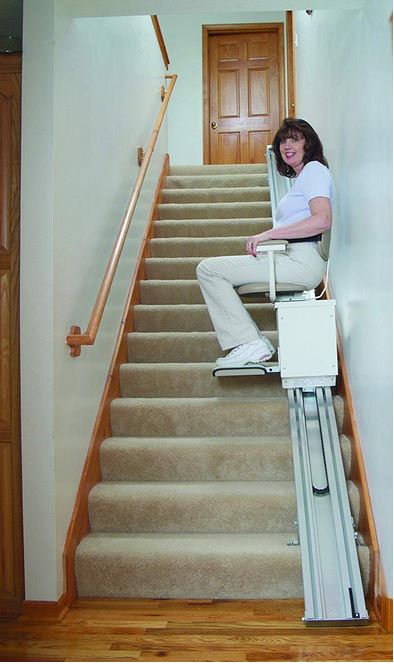 Chair Lifts / Stair Lifts
Chair Lifts / Stair Lifts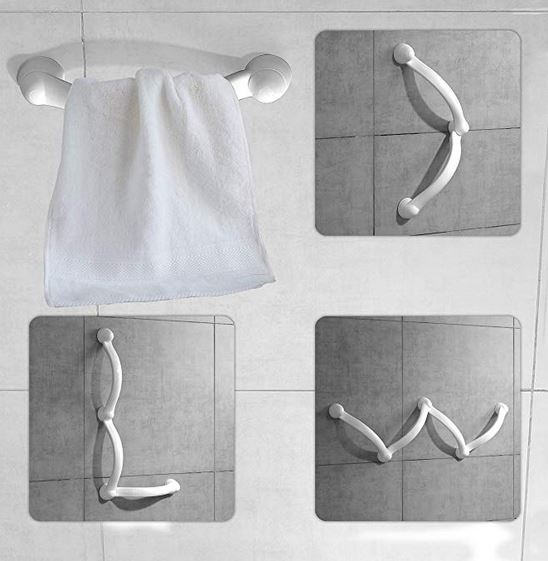 Grab Bars
Grab Bars Knee Scooters / Knee Walkers
Knee Scooters / Knee Walkers Ramps
Ramps Scooters
Scooters Transfer belts / pads / equipment
Transfer belts / pads / equipment Walkers and Rollaters
Walkers and Rollaters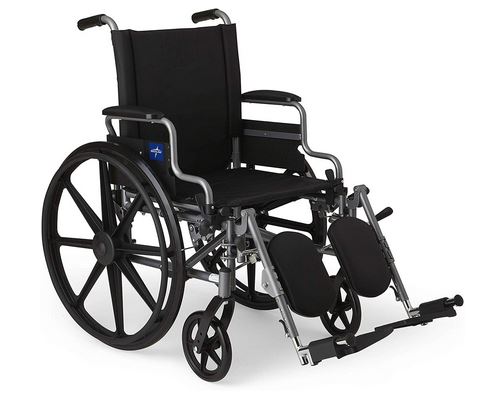 Wheelchairs and Mobile Chairs
Wheelchairs and Mobile Chairs
 Accounting and Tax
Accounting and Tax Books-Seminars-Courses
Books-Seminars-Courses
 ASSISTED LIVING
ASSISTED LIVING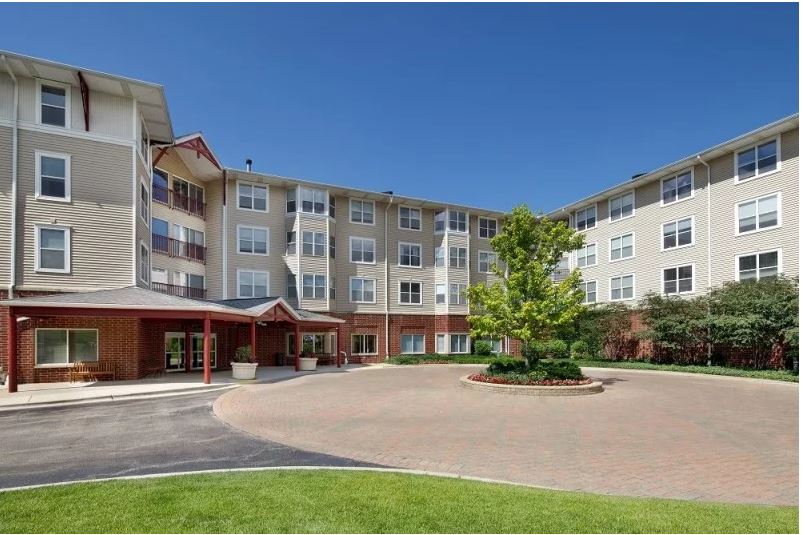 Assisted Living Facilities
Assisted Living Facilities Cohousing Communities
Cohousing Communities Manufactured Housing Communities
Manufactured Housing Communities Naturally Occurring Retirement Communities (NORCs)
Naturally Occurring Retirement Communities (NORCs) Personal Residence LIving Independetly
Personal Residence LIving Independetly Accessory Dwelling Units
Accessory Dwelling Units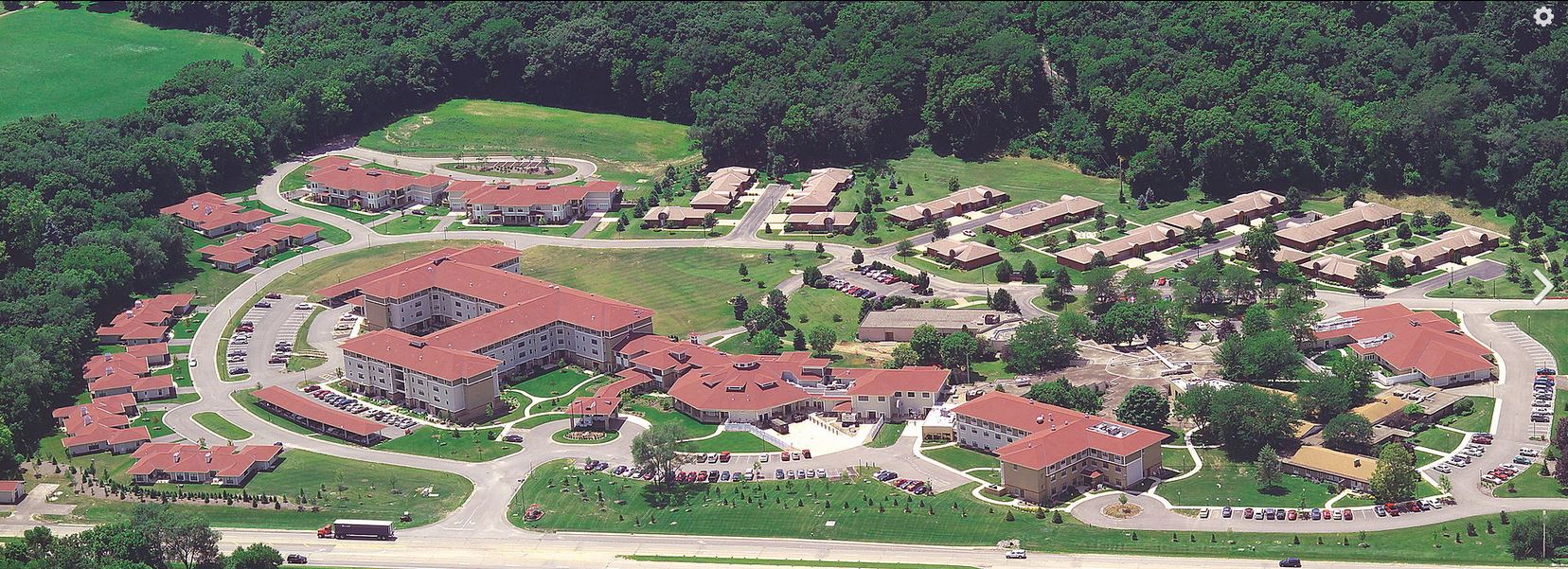 Continuing Care Retirement Communities
Continuing Care Retirement Communities Multigenerational Households
Multigenerational Households